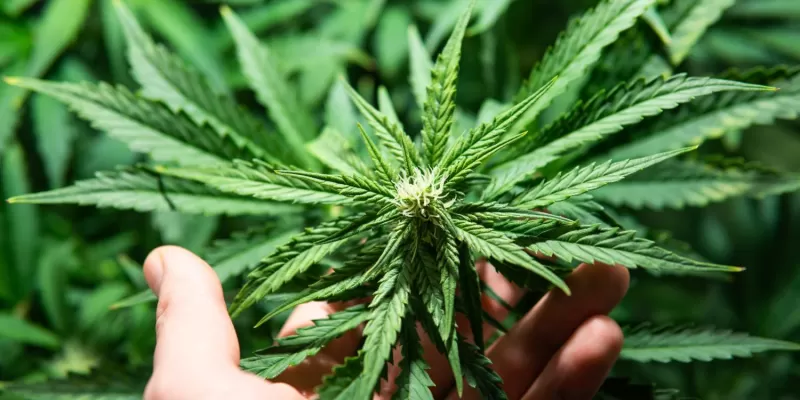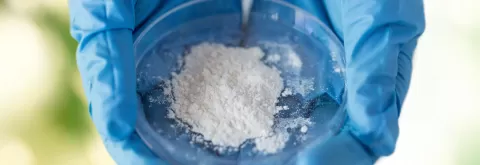We want to share our expertise with you and ensure you are educated with KD Phyto®! We are committed to continually setting the standard for professionalism in the Cannabinoids Industry and there is no better way than through education.
What is the Endocannabinoid System (ECS)?
The ECS is formed by specific cannabinoid receptors, naturally-occurring cannabinoid-like chemicals (endocannabinoids) and enzymes. It is our body’s primary regulatory system promoting balance in our body’s functions. Our ECS is not an isolated system and does not function like the other major organ systems; rather, it affects sleep, appetite, pain, inflammation, memory and mood responses amongst a host of other functions.

The Major Cannabinoids
There are three sources of cannabinoids. Internally, endocannabinoids are produced in the human body in response to injury and function to regulate various organ systems. The most commonly known and studied are phytocannabinoids which are chemical compounds found in the trichomes of cannabis plant varieties (Cannabis sativa L.). Synthetic cannabinoids are those synthesized within a laboratory setting to imitate and function similarly to naturally produced cannabinoids.
Cannabidiol (CBD)
CBD is the second most prevalent phytocannabinoid derived from Cannabis sativa L. and can be manufactured into a crystalline powder for many applications. CBD is non-psychoactive meaning it does not contribute to a "high" feeling that can be associated with consumption of cannabinoid products.
Tetrahydrocannabinol (THC)
Tetrahydrocannabinol is the principal psychoactive constituent of cannabis identified within the plant. The chemical formula for THC describes multiple isomers including Δ8-, Δ9- and even Δ10; however, the term THC usually refers to the Δ9-THC isomer which is a neutral cannabinoid, well known for being strongly psychoactive. THC enabled the recent discovery of the existence of the endocannabinoid system in humans and has been studied in clinical trials in various forms.

The Minor Cannabinoids
Cannabinol (CBN)
CBN is a mildly psychoactive cannabinoid that can be synthesized in a laboratory setting and is also a degradation product of Δ9-THC due to exposure to light, heat or air. The interaction of CBN with the CB1 and CB2 receptors increase the activity with the endocannabinoid system.
Cannabigerol (CBG)
CBG is formed when the parent cannabinoid of all other cannabinoids, Cannabigerolic Acid (CBGA), is decarboxylated. Despite its connection to THC production, CBG is non-intoxicating and interacts directly with the body's endocannabinoid system. While it occurs naturally in cannabis and hemp plants, breeders focus on crossbreeding several cultivars to produce higher levels of CBG due to its potential.

Cannabichromene (CBC)
CBC is a non-psychoactive cannabinoid that has been a prominent candidate in medical research over the past years. Unlike the other popular cannabinoids, CBC binds poorly to the CB1 receptors; however, interacts with TRPV1 and TRPA1 receptors which are both linked to the body's pain perception. CBC works to increase the release of natural cannabinoids produced inside the body by the endocannabinoid system.
Tetrahydrocannabivarin (THCV)
THCV is a psychoactive homologue of THC. Most cultivars of cannabis contain only trace amounts of THCV; however, it is most abundant in African sativas and can be further exploited through extraction techniques.
Cannabidivarin (CBDV)
CBDV is a non-psychoactive homologue of CBD. Similar to THCV, CBDV is only found naturally in cannabis plants at an undetectable amount; however, it is most prevalent in Asian and African indicas. CBDV is of interest due to its interaction with the neurochemical pathways in our bodies.


